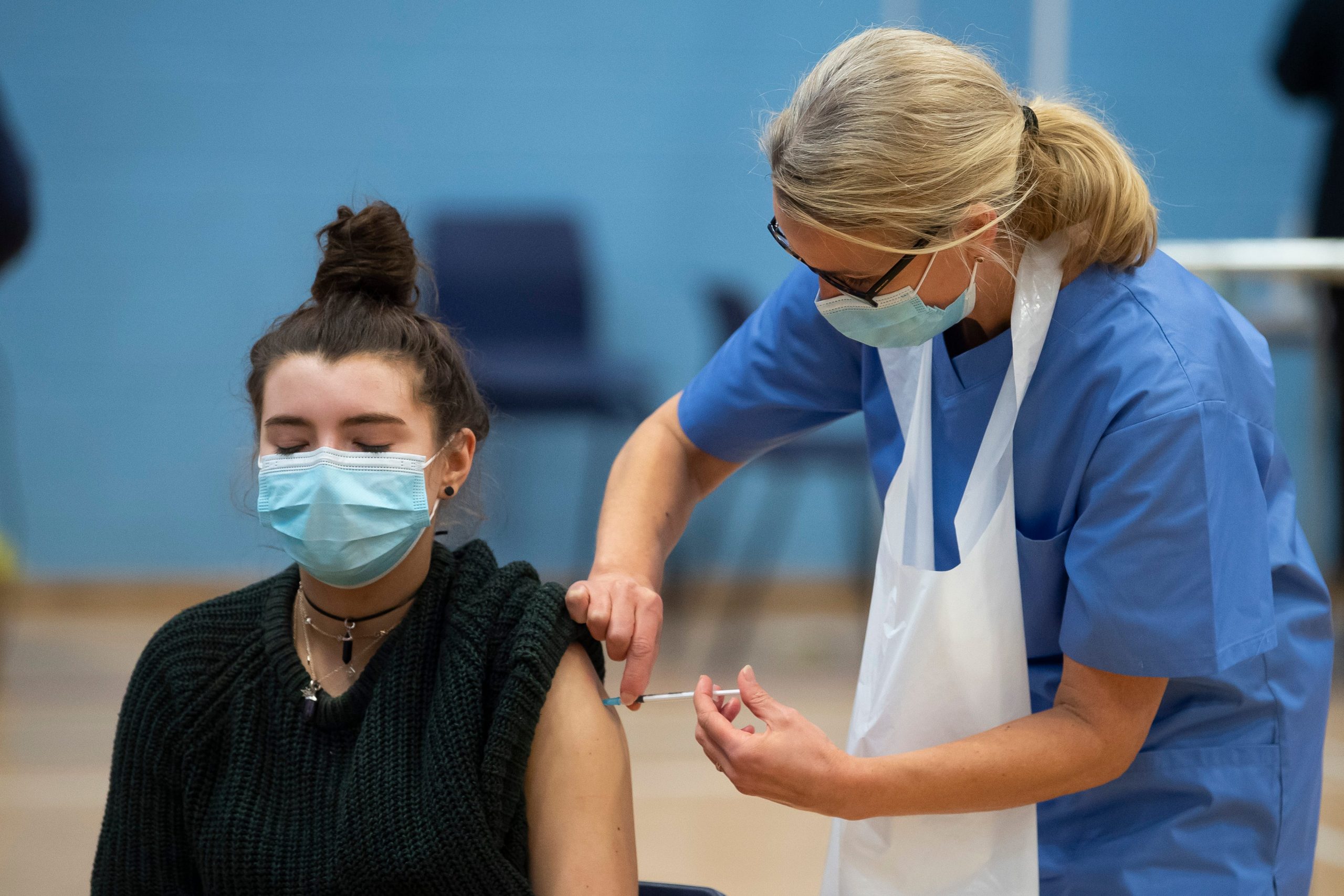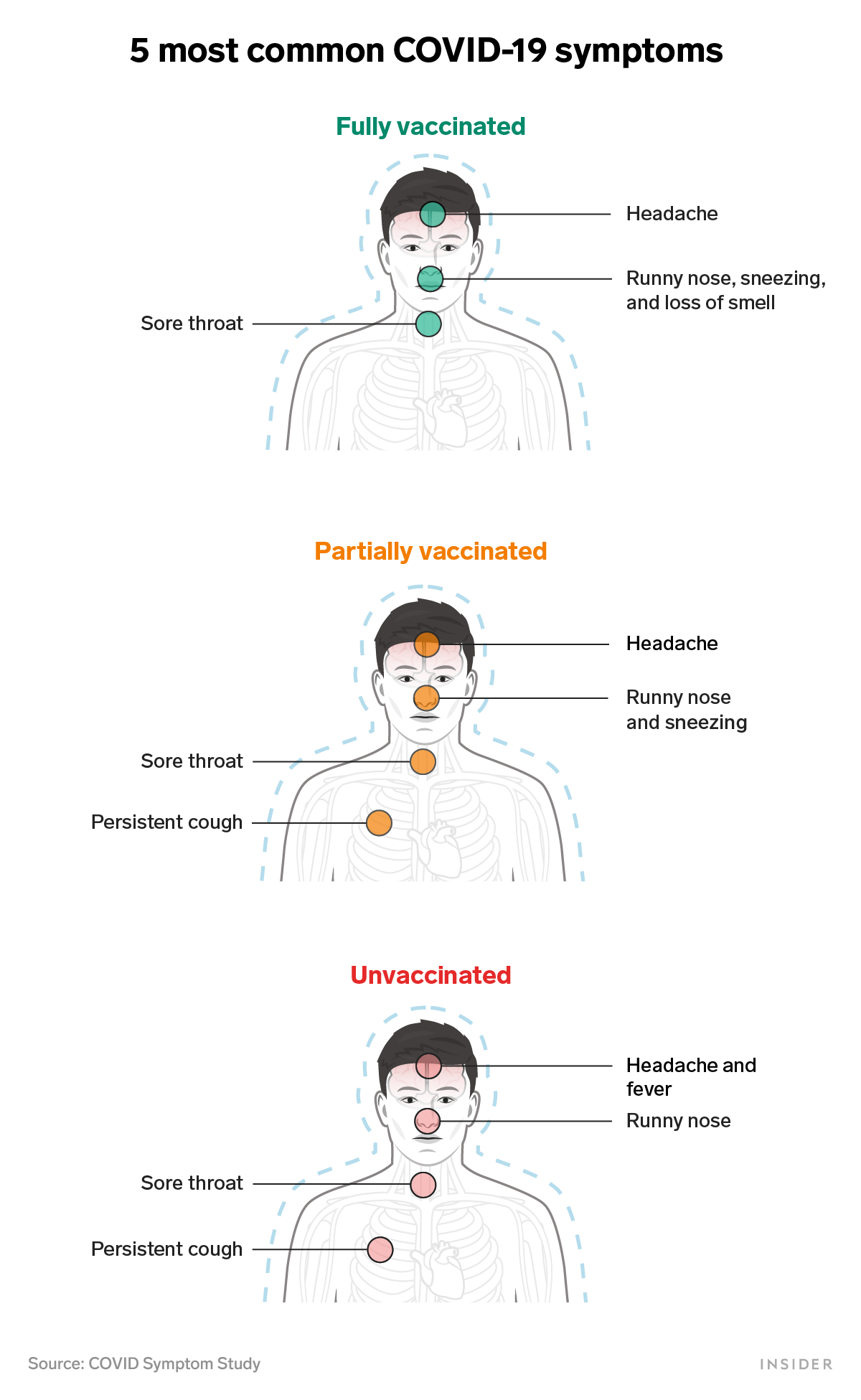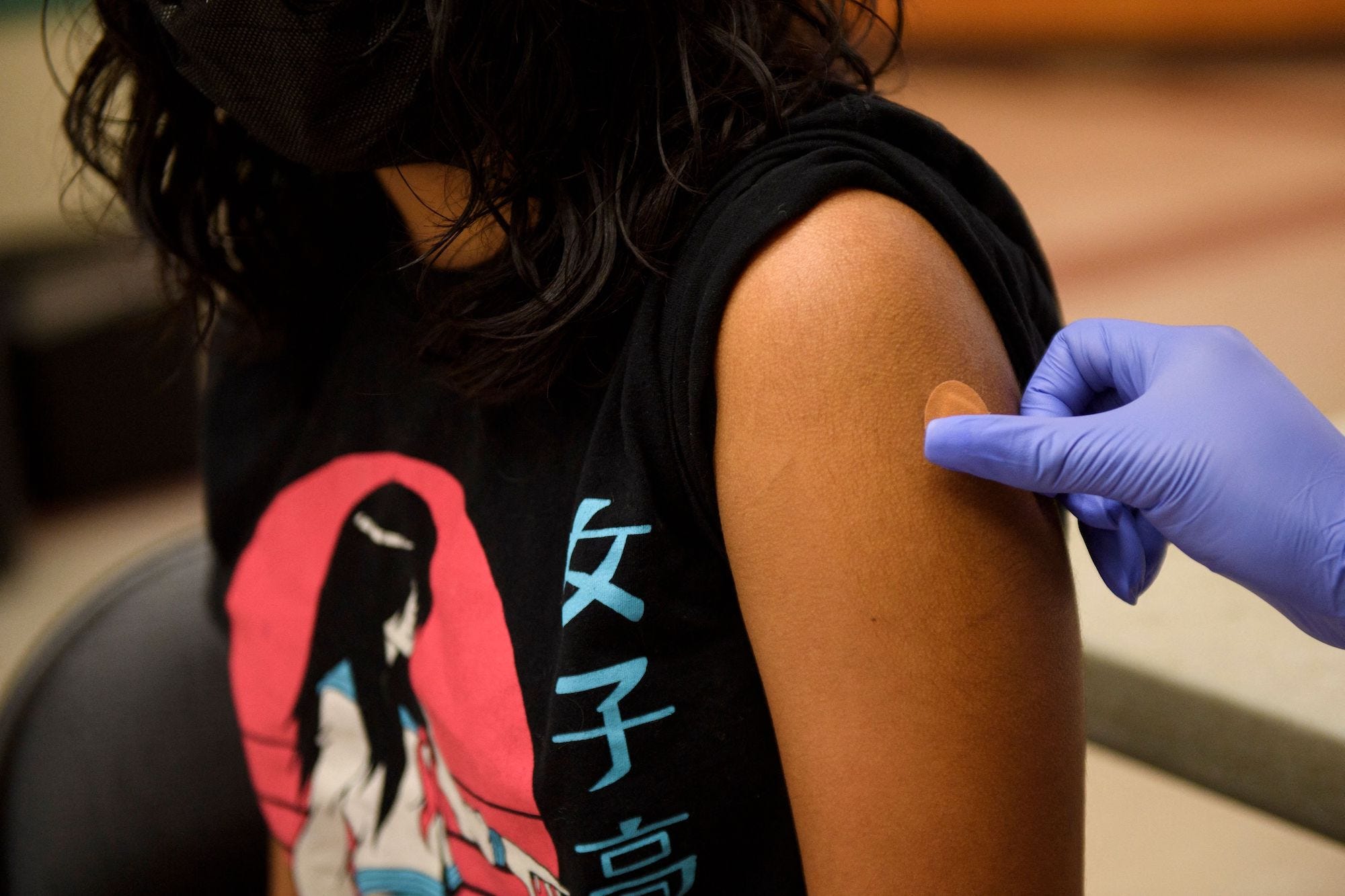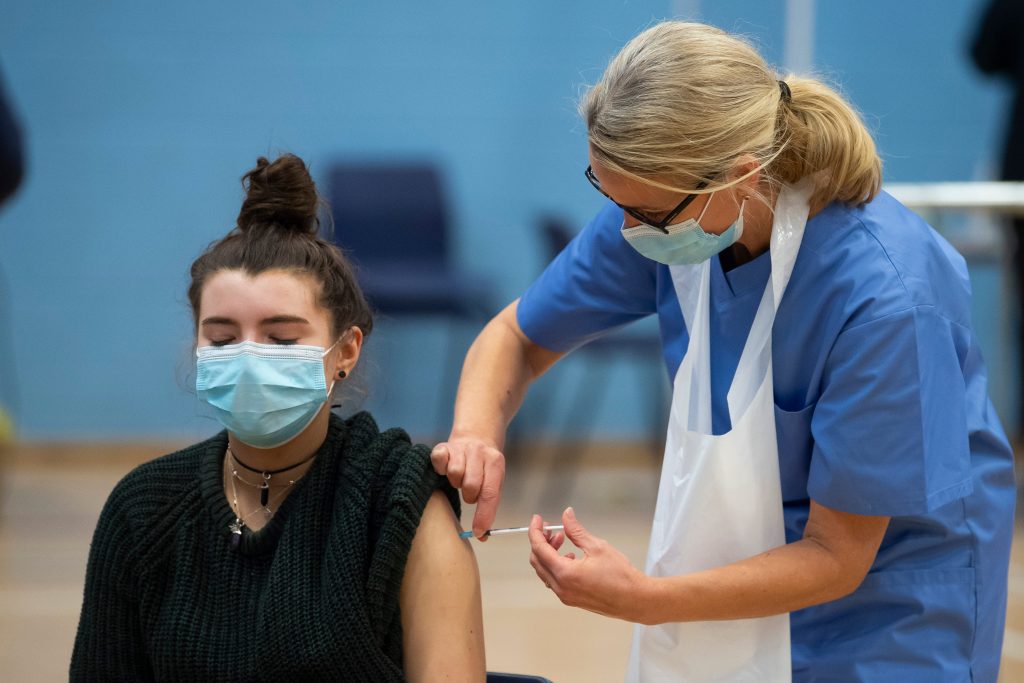
Matthew Horwood/Getty
- COVID-19 symptoms look somewhat different for vaccinated people who get breakthrough cases and unvaccinated people, a study found.
- Unvaccinated people are more likely to report a fever and persistent cough.
- They're also more likely to get severely sick and reported more symptoms in total.
- See more stories on Insider's business page.
The Delta variant is challenging vaccines more than any coronavirus strain so far: It seems to make it easier for vaccinated people to spread the virus and become infected themselves, according to data from the Centers for Disease Control and Prevention.
Vaccines still protect against severe disease – a leaked CDC presentation shows that vaccines reduce the risk of hospitalization or death 25-fold in the face of Delta. But a small minority of vaccinated people may develop a "breakthrough case" of COVID-19.
The CDC is recording around 35,000 breakthrough cases per week among 162 million vaccinated Americans, a rate of just 0.02%. That data may be limited, though, since the CDC stopped tracking asymptomatic, mild, and moderate breakthrough cases at a national level in May.
So far, breakthrough cases are more likely to resemble a cold than our original picture of COVID-19, which focused on symptoms like a fever, dry cough, and shortness of breath.
The following chart shows the five most common COVID-19 symptoms based on your vaccination status. Data comes from the COVID Symptom Study, a project that tracks self-reported COVID-19 symptoms among more than a million people in the UK.

Vaccinated people have milder illnesses and faster recoveries
Studies from England and Scotland indicate that Pfizer's vaccine reduces the risk of a symptomatic Delta infection by 88%, down from 95% for the original strain. The vaccine also lowers the risk of any type of Delta infection by 79% and of hospitalization from Delta by 96%, according to the studies.
So it's no surprise that the biggest difference between infections among the vaccinated and unvaccinated in the COVID Symptom Study was the severity and duration of their illnesses. Vaccinated people reported fewer symptoms, which were more fleeting, than those who were unvaccinated.
Delta appears to cause more severe illness than other variants, making vaccines all the more necessary to protect against hospitalization and death. The CDC recently estimated that unvaccinated people represent about 97% of hospitalized COVID-19 cases in the US.
"Whether you've been vaccinated or not, that determines how sick you might become," Dr. Barney Graham, deputy director of the Vaccine Research Center at the National Institute of Allergy and Infectious Diseases, said during a discussion last month. "But what determines how likely you are to be infected is how much infection is around you in the community."
He added that "there's more likely to be infection if you're partially immune, or there's more likely to be severe disease if you're not immune at all."
Differences in symptoms

Patrick Fallon/AFP/Getty Images
Headaches, runny noses, and sore throats were commonly reported in the COVID Symptom Study, regardless of a person's vaccination status. But fully vaccinated people were more likely to report loss of smell, and unvaccinated people were more likely to report fevers. A persistent cough was also more common among unvaccinated people and those who'd received just one dose than among fully vaccinated people.
Shortness of breath was relatively uncommon overall, even among unvaccinated people. Part of the reason could be that young people - who are less likely to develop severe symptoms - represent a greater share of COVID-19 cases now than they did at the start of the pandemic. (A study from Imperial College London that hasn't been peer reviewed found that coronavirus cases in the UK were 2.5 times more prevalent among people younger than 50 than among those 50 and up as of June.)
That said, COVID-19 symptoms can still run the gamut. A recent CDC analysis of an outbreak in Barnstable County, Massachusetts, found that cough, headache, sore throat, muscle pain, and fever were common symptoms among people with breakthrough cases. Nearly 80% of breakthrough cases in that community were symptomatic.
